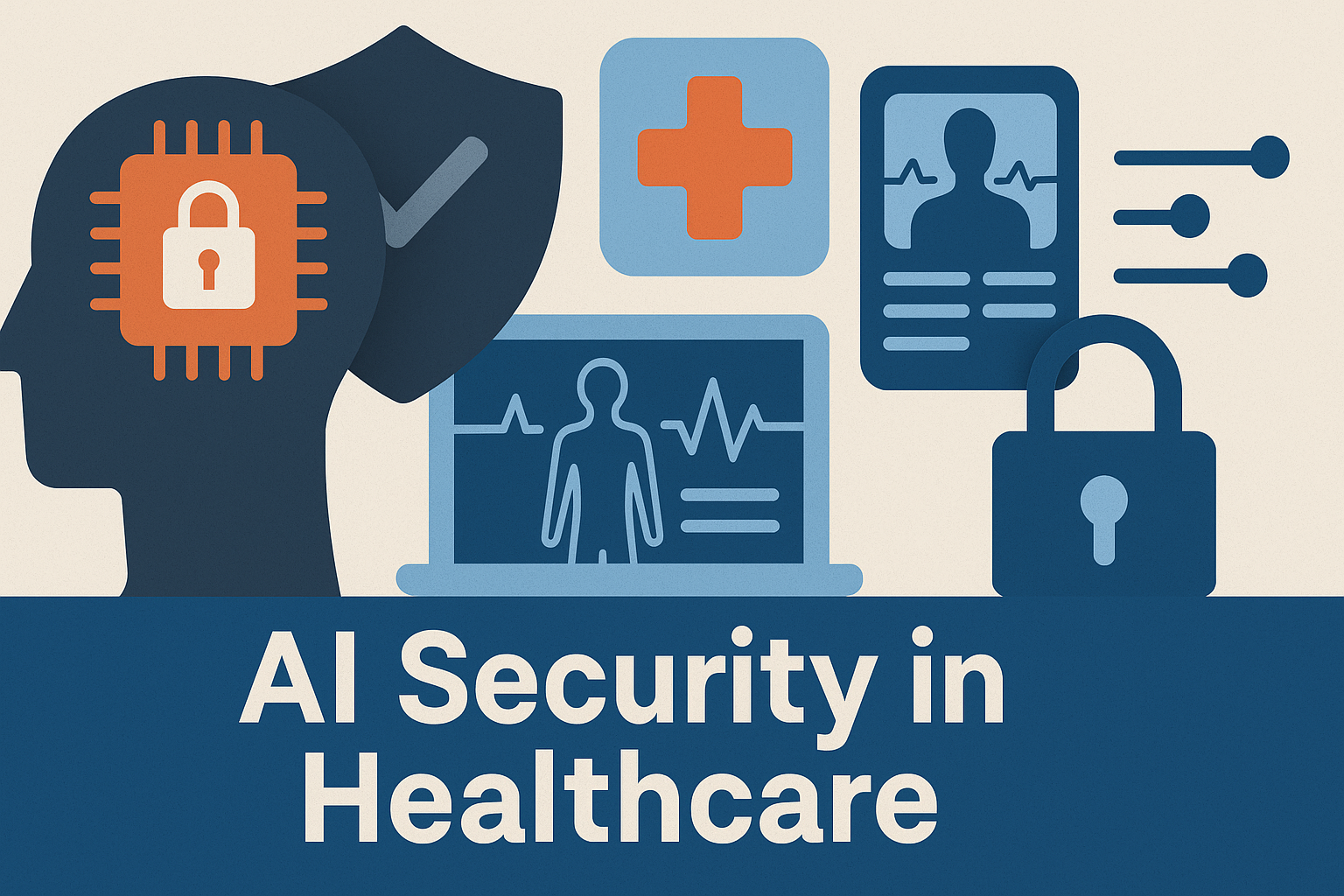AI in healthcare is often sold as a story of improved diagnostics, personalised therapies, and predictive medicine. But beneath that dream lies a fragile backbone: security. One breach, one exploited model, and reputations, finances, even lives are at stake.
In Europe, this tension is amplified. The Artificial Intelligence Act entered into force on 1 August 2024, putting health AI under new obligations (European Commission). At the same time, NIS2 extends cyber resilience rules to hospitals, while the European Health Data Space (EHDS) (in force from March 2025) will demand interoperable, secure data exchange.
This series of posts dissects that tension from five angles:
- Why AI in Healthcare Has a Security Problem: Overview of attack vectors, real-world risk, regulatory context.
- From MRI to MedTech: Securing AI-Powered Devices: How embedded and edge AI in devices create vulnerabilities.
- Pharma Beyond the Pill: AI, Patient Data & the Hacker’s Jackpot: Why pharma’s “beyond the pill” strategies are hacker magnets.
- Startups at Risk: The AI Security Blind Spot in HealthTech Funding: Why early-stage ventures often underinvest in security.
- Towards Trust: Can Europe Lead on Secure AI in Healthcare?: Can the EU turn trust and compliance into a competitive advantage?
- FAQ: AI Security in Healthcare
The future of health AI won’t be won on models — it’ll be won on trust.




